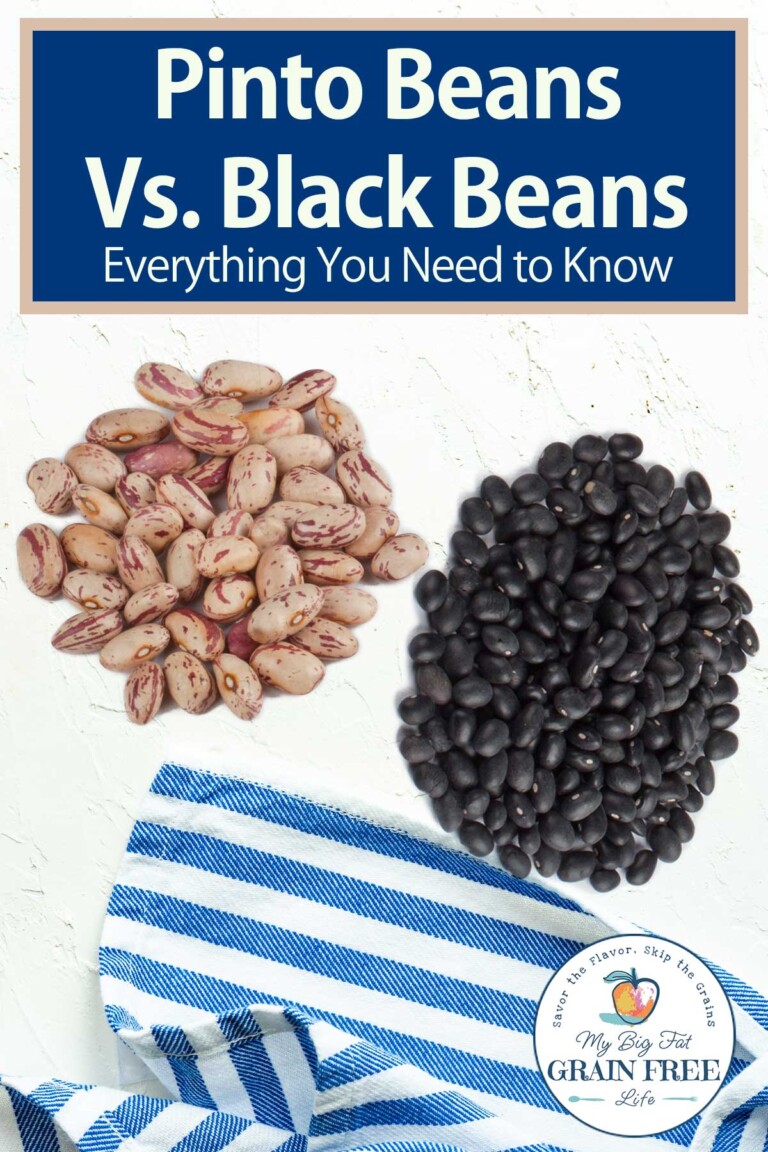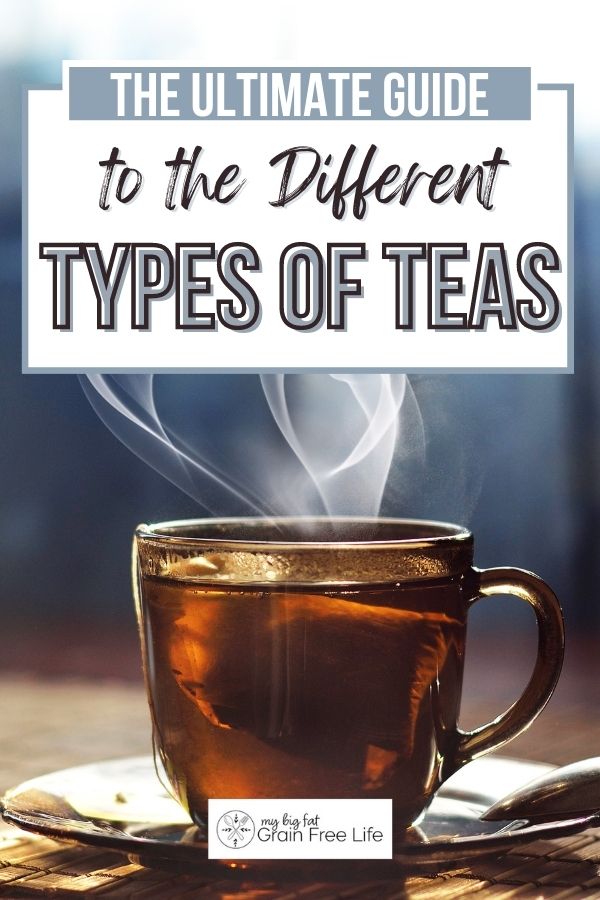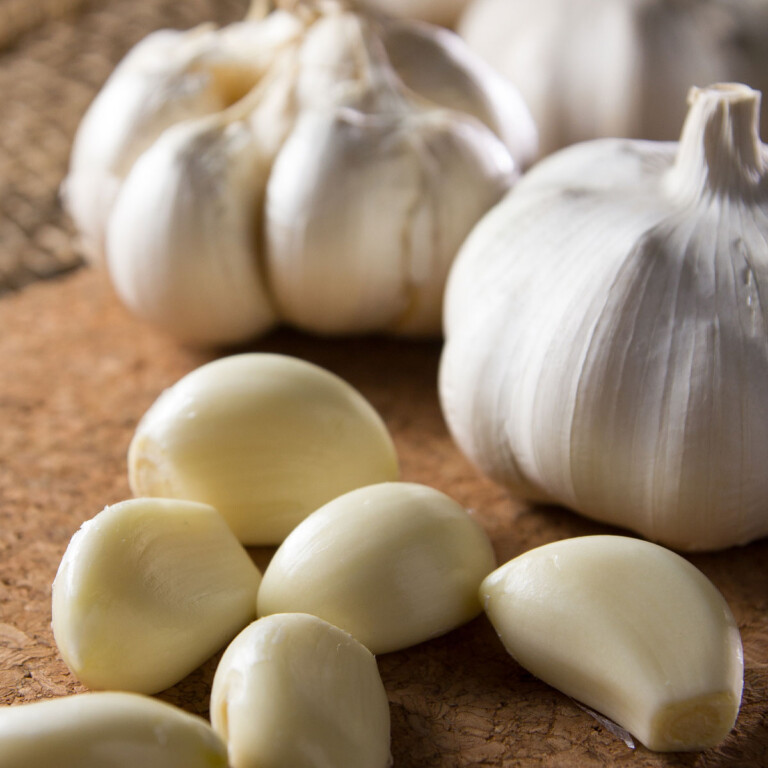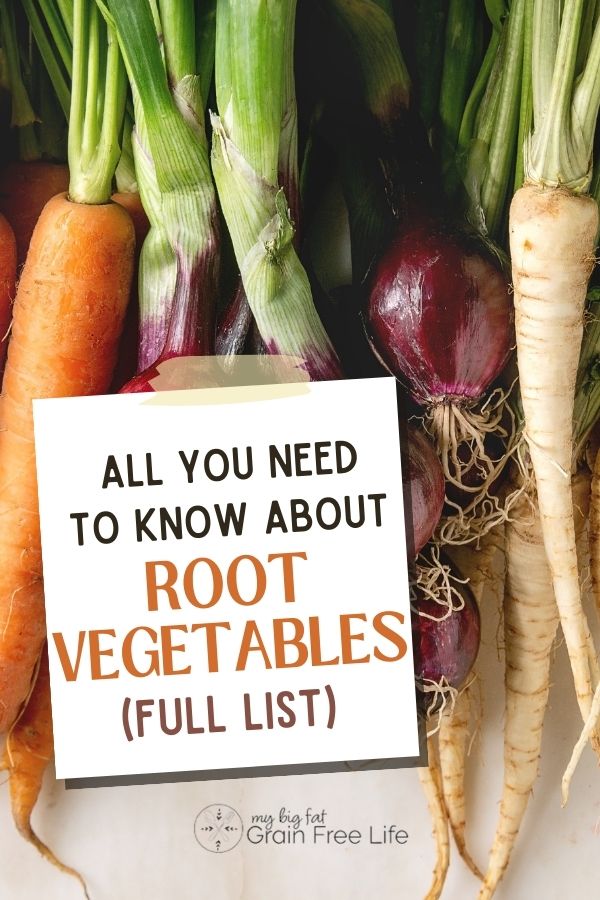Why You Should Avoid Eating Swai Fish + Healthy Alternatives
This post may contain affiliate links. If you make purchase after clicking a link, I may receive a commission at no extra cost to you.
Last Updated on April 16, 2024
Discover why adding swai fish to your diet may not be the healthiest choice, and explore healthier fish alternatives.
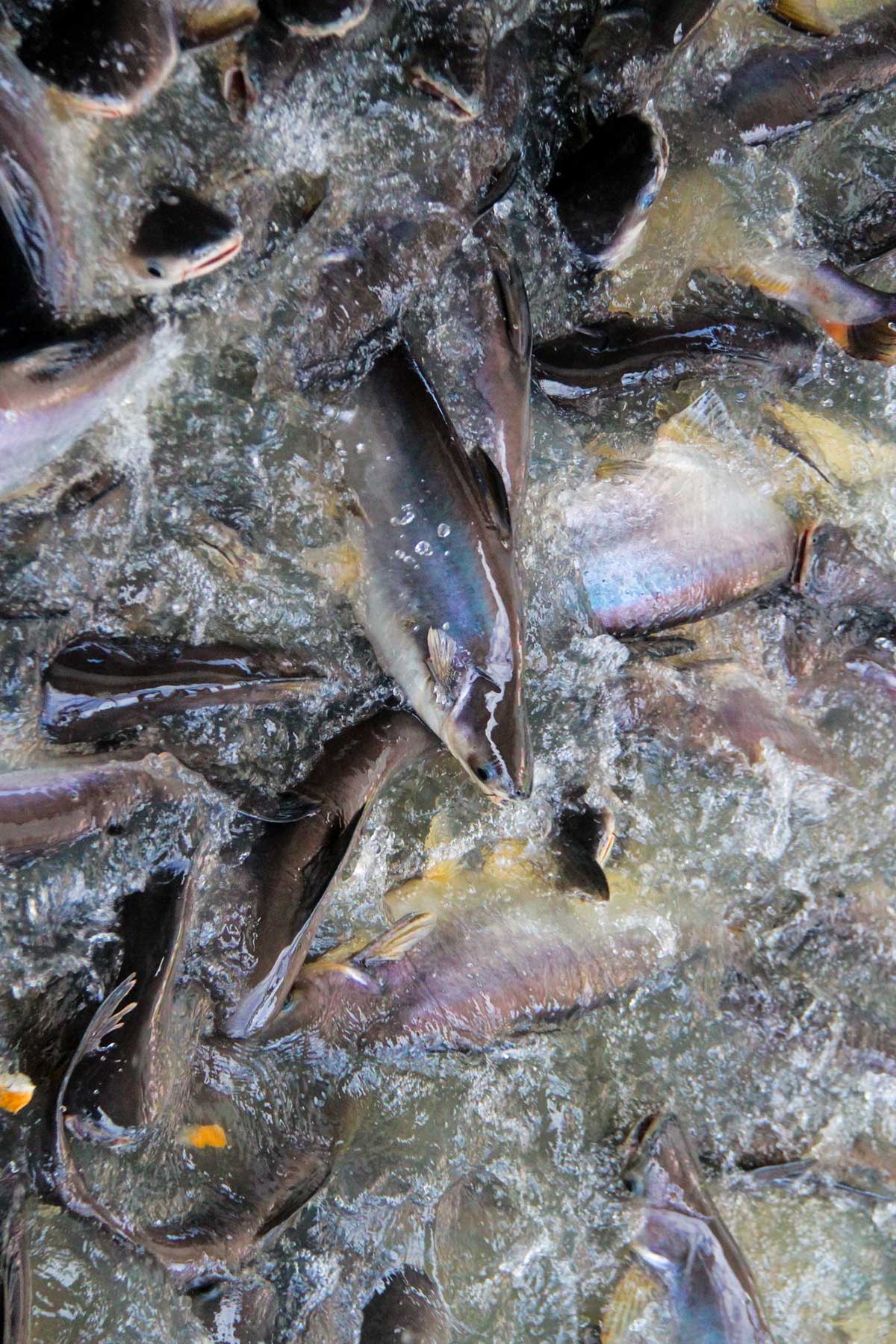
Swai Fish
If you’re a seafood lover, you might have come across Swai fish at your local grocery store or seafood restaurant. However, before you add it to your shopping cart or order it off the menu, it’s important to understand why you should avoid eating Swai fish.
Let’s take a closer look at the nutritional value of Swai fish, the safety concerns surrounding its farming and import conditions, as well as the potential health risks associated with consuming it.
Finally, we’ll suggest some better options for incorporating fish into your diet that are not only delicious but also beneficial for your health.
What Is Swai Fish?
Swai fish, also known as Pangasius or Asian catfish, is a type of freshwater fish native to Southeast Asia. It’s an inexpensive fish with a mild flavor, making it an attractive choice for consumers searching for a budget-friendly seafood option.
It is predominantly sold in fillet form and is often marketed as a white fish alternative to more expensive species like cod or haddock. While Swai fish may appear similar to other white fish, its production and sourcing practices raise significant concerns.
Swai has thin fillets due to its natural body shape.

Where Does Swai Fish Come From?
Swai fish is primarily farmed in Vietnam, Thailand, and other Southeast Asian countries. The fish are typically raised in crowded freshwater ponds and fed a diet consisting of soybeans and rice bran, which helps to promote rapid growth.
Other Common Names for Swai Fish
Swai fish is sold under a variety of names in different regions. Some common alternative names include:
- Basa fish
- Cream dory
- Panga
- Pangasius
- Striped catfish
- Sutchi
- Tra
- Vietnamese catfish
- Vietnamese river cobbler
Nutritional Value of Swai Fish
When it comes to nutritional content, Swai fish falls short compared to other higher-value fish. It is relatively low in omega-3 fatty acids, essential for heart health and brain function. Additionally, Swai fish has lower levels of vitamins and minerals compared to wild-caught fish.
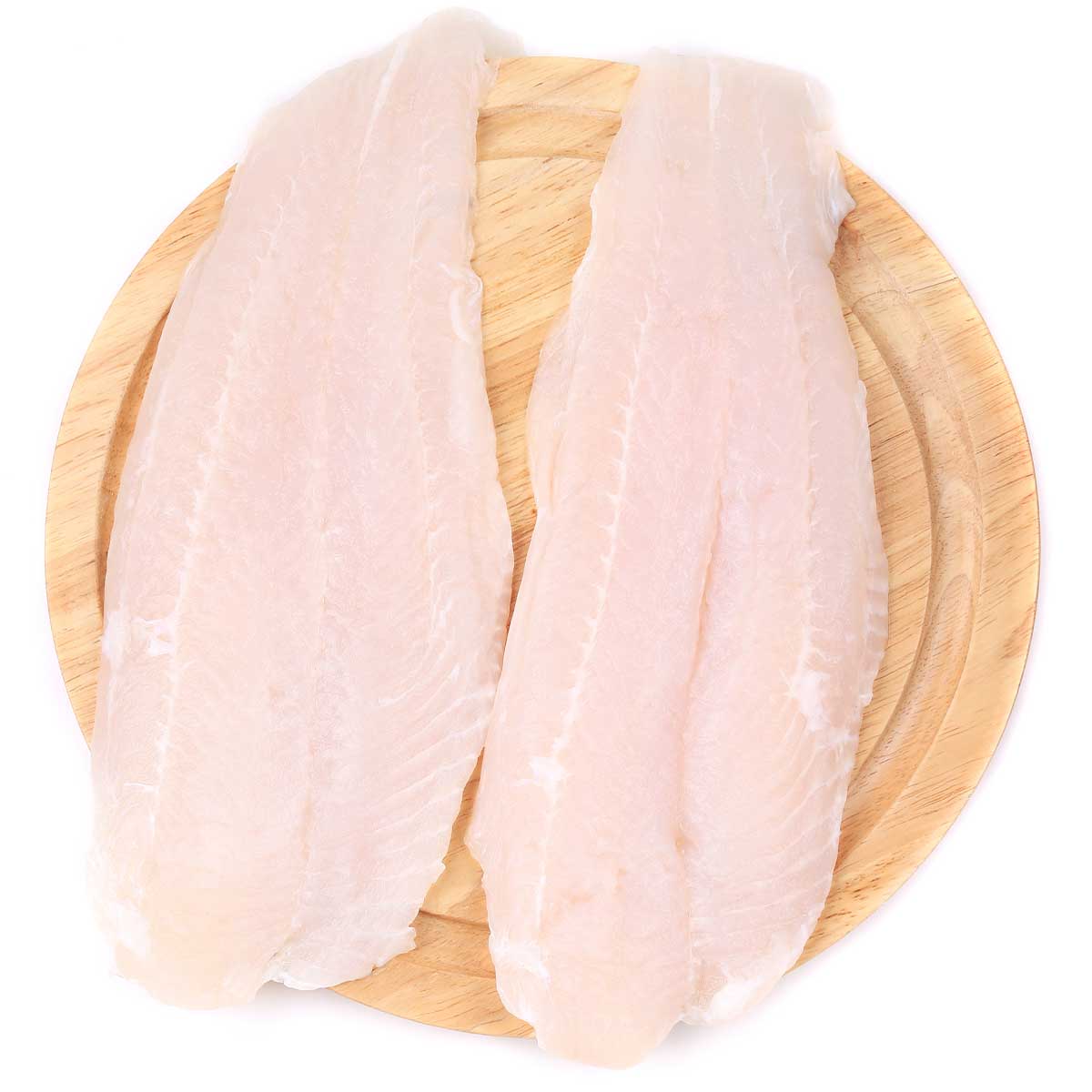
Is Swai Fish Safe to Eat?
Even the FDA cautions consuming Swai fish, so it’s definitely one you want to avoid. Here’s why:
Swai Fish Farming
One of the major concerns surrounding Swai fish is the farming practices used in its production. The crowded conditions in swai fish farms can lead to an increased risk of disease and contamination. Furthermore, the use of antibiotics and chemicals in these farms can potentially end up in the fish and cause major issues.
Import Conditions
Imported Swai fish undergoes a complex import process before reaching your plate. The long journey from fish farms in Asia to your local grocery store can compromise the quality and freshness of the fish. Additionally, the regulations and oversight of fish farming in certain countries may not be as stringent as in others, leading to potential safety risks.
Antibiotics
As mentioned earlier, the use of antibiotics in Swai fish farming is widespread. While the intention is to prevent or treat diseases, the residues of these antibiotics may remain in the fish when it reaches your plate. Prolonged exposure to antibiotic residues can have adverse effects on human health and contribute to antibiotic resistance.
Vibrio Bacteria
Swai fish are susceptible to Vibrio bacteria, which can cause foodborne illnesses such as Vibrio parahaemolyticus and Vibrio vulnificus infections. These harmful bacteria can lead to risk of infectious disease with symptoms like diarrhea, vomiting, and in severe cases, even life-threatening complications.
Sodium Content
While fish is generally considered a healthy choice due to its low sodium content, Swai fish contains higher levels of sodium compared to other types of fish. If you’re watching your sodium intake, swapping Swai fish with alternative species may be a better option.
Mislabeled Types of Fish That Could be Swai Fish
Mislabeling is a significant concern when it comes to Swai fish. It is often marketed under different names or mislabeled as more desirable fish species. The types below could actually be swai fish:
- Catfish
- Tilapia
- Haddock
- Cod
- Sole
- Pollock
- Whiting
- Grouper
Better Alternatives to Swai Fish
If you’re looking for healthier alternatives to Swai fish, there are plenty of options available. Opt for wild-caught salmon, trout, or sardines, which are excellent sources of omega-3 fatty acids. These fish varieties also provide a range of vitamins and minerals that are beneficial for your overall health.
- Salmon: Salmon is an excellent source of omega-3 fatty acids, high-quality protein, and vitamin D. It also contains other important nutrients like selenium and B vitamins.
- Sardines: Sardines are packed with omega-3 fatty acids, calcium, vitamin D, and protein. They are also low in mercury and a sustainable choice.
- Mackerel: There are a lot of health benefits of mackerel. It’s another fish rich in omega-3 fatty acids, as well as vitamin D, vitamin B12, and selenium. It has a distinct flavor that many people enjoy.
- Rainbow trout: Rainbow trout is a nutritious fish that provides omega-3 fatty acids, protein, and essential minerals such as potassium and selenium. It is also a good source of vitamin B12.
- Tuna (wild-caught): Wild-caught tuna is a lean fish that contains omega-3 fatty acids, protein, vitamin D, and selenium. However, it’s important to choose wild-caught tuna to avoid potential mercury contamination.
Why Is Swai Fish Bad for You?
In summary, Swai fish may not provide the health benefits associated with other species of fish. The farming practices used and potential safety risks in its production, as well as its lower nutritional value, make it a less desirable option for your seafood repertoire. By choosing healthier alternatives, you can ensure that you’re obtaining all the essential nutrients and flavors that seafood has to offer.


